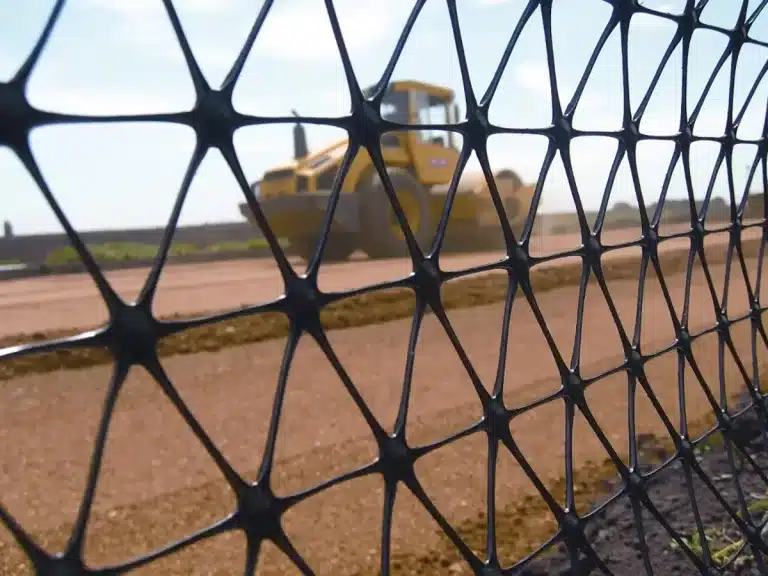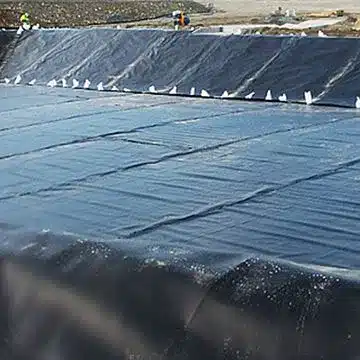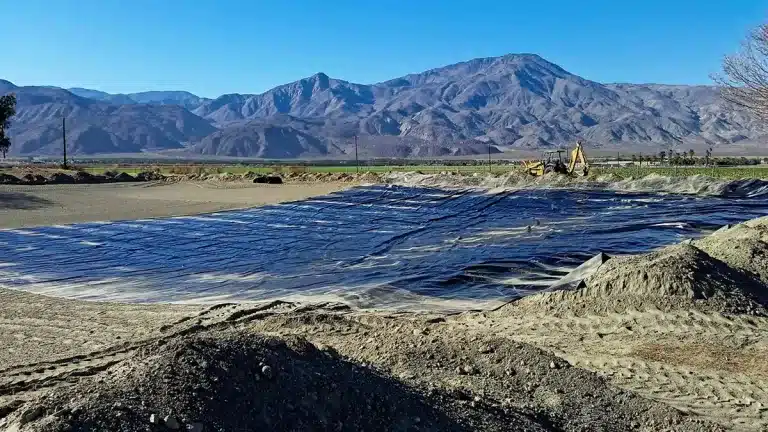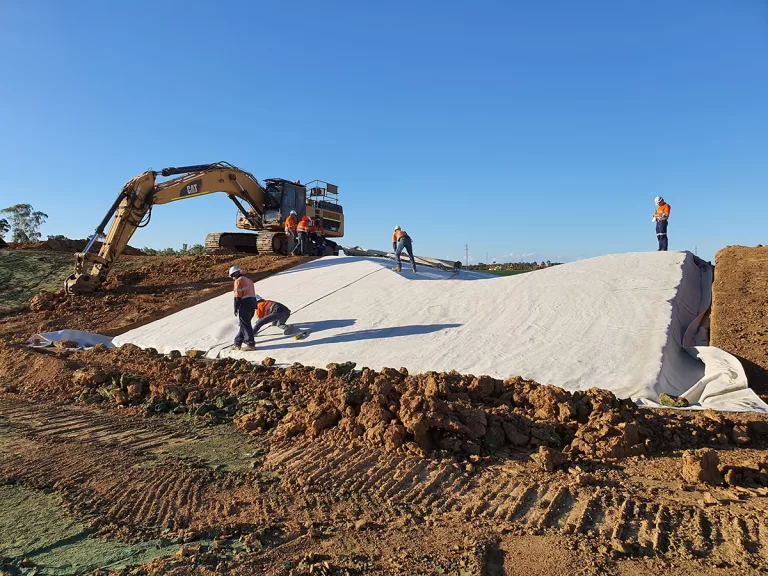The Truth About Landscape Fabric: Effective but with Long-Term Effects
Landscape fabric is a popular tool among gardeners and landscapers for controlling weeds and managing soil conditions. Landscape fabric is an effective, short-term weed control solution but has deleterious long-term effects on soil health. However, many people wonder whether it truly works as advertised. In this article, we’ll delve into the effectiveness of landscape fabric, answering common questions about its use, installation, and comparison to other materials like plastic. We’ll explore how landscape fabric functions, its pros and cons, and provide insights into whether it is the right choice for your gardening needs.









